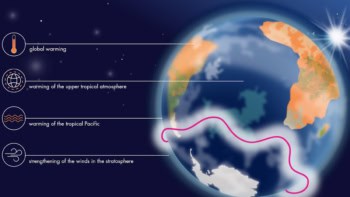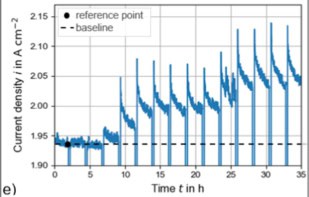Physicists are playing a valuable role in understanding our last great wilderness
Hollywood cannot be accused of going entirely over the top in the film The Day After Tomorrow. Featuring a climatologist trying to save the world from sudden global warming, the blockbuster movie contains computer-generated images of an Antarctic ice shelf in which a single crack appears to split part of the shelf into two. In fact, at least twice in the past decade separate chunks of one of the continent’s shelves – the Larsen ice shelf – have shattered into millions of icebergs.
The consequences of such events are obvious (see “Antarctica unravelled”). As Antarctica’s glaciers break up, they dump ice into the oceans, making sea levels rise, and putting low-lying coastal towns and cities at risk of flooding. Thankfully, physicists are playing a key role in monitoring the state of our last great wilderness. Some are developing satellite techniques to measure the changes to the continent’s ice sheet, while others like the intrepid Camilla Stark (see p44; print version only) are monitoring Antarctica’s climate from a lonely research station on the continent itself. All of which goes to show that a career in physics can be both fascinating and worthwhile.



